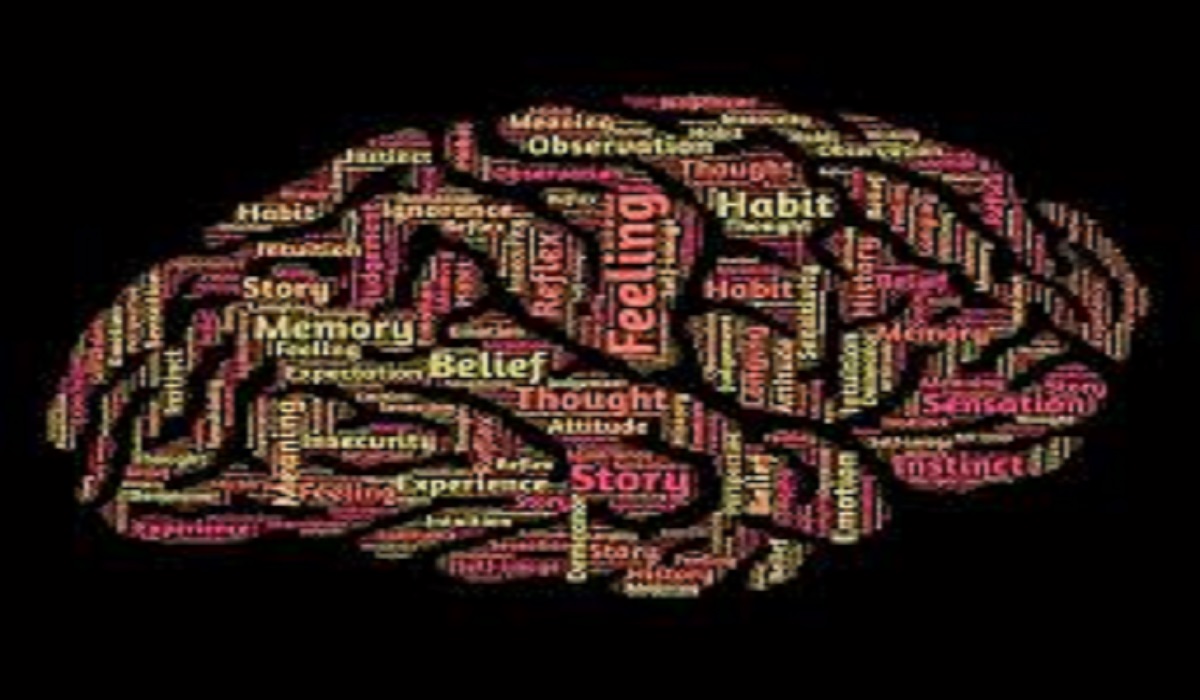Learn Languages Naturally with Implicit Learning
Learn Languages Naturally with Implicit Learning: In today’s globalised world, learning a foreign language is more important than ever. Traditional methods often rely on memorisation and explicit grammar rules, which can feel tedious and ineffective. However, implicit learning—a natural, subconscious way of acquiring language—offers a more intuitive and enjoyable approach.
At TeacherEducator.com, we explore cutting-edge language acquisition techniques. In this comprehensive guide, we’ll dive deep into how implicit learning works, its benefits, and practical strategies to help you master a new language effortlessly.
What is Implicit Learning?
Implicit learning is the process of acquiring knowledge without conscious awareness. Just like children learn their first language by listening and interacting, adults can absorb vocabulary, grammar, and pronunciation naturally through exposure and practice.
Key Characteristics of Implicit Learning:
- Subconscious absorption of language patterns
- No heavy reliance on grammar rules
- Learning through context and repetition
- More engaging and less stressful than traditional study
How Implicit Learning Differs from Traditional Methods?
Traditional language learning often involves:
- Memorizing vocabulary lists
- Studying grammar rules explicitly
- Structured classroom lessons
In contrast, implicit learning focuses on:
- Listening and mimicking native speakers
- Learning phrases in context (e.g., through movies, music, conversations)
- Natural progression without forced memorisation
Comparison Table:
| Traditional Learning | Implicit Learning |
|---|---|
| Grammar-heavy | Grammar absorbed naturally |
| Textbook-based | Real-world exposure |
| Requires conscious effort | Effortless acquisition |
| Can feel tedious | Engaging and fun |
The Science Behind Implicit Language Acquisition
Research in cognitive psychology and neuroscience supports implicit learning as an effective method. Studies show that:
- The brain processes language subconsciously through repeated exposure.
- Contextual learning (e.g., watching TV shows) enhances retention.
- Emotional engagement (e.g., enjoying content) boosts memory.
Key Studies:
- Krashen’s Input Hypothesis – We acquire language best through comprehensible input.
- The Role of Dopamine – Enjoyable Learning Experiences Improve Retention.
Benefits of Learning Languages Naturally
1: Faster Fluency
- You learn intuitively, like a native speaker.
2: Better Pronunciation & Accent
- Mimicking native speakers improves speech naturally.
3: Long-Term Retention
- Context-based learning strengthens memory.
4: Reduced Stress & Anxiety
- No pressure of memorizing rules.
Best Techniques for Implicit Language Learning
1: Immersion through Media
- Watch movies, TV shows, and YouTube in your target language.
- Listen to podcasts and music to train your ear.
2: Conversational Practice
- Use language exchange apps like Tandem or HelloTalk.
- Speak with native speakers regularly.
3: Contextual Learning
- Read books, comics, and news articles.
- Learn phrases in real-life situations (e.g., ordering food).
4: Spaced Repetition
- Use apps like Anki or Memrise to reinforce vocabulary naturally.
Common Myths About Implicit Learning
❌ Myth: “You can’t learn grammar implicitly.”
✅ Fact: Your brain picks up patterns naturally.
❌ Myth: “Only children can learn languages this way.”
✅ Fact: Adults can use implicit learning effectively.
Success Stories: Real-Life Examples
- Luca Lampariello – Learned 13 languages through immersion.
- Steve Kaufmann – Used listening and reading to master multiple languages.
FAQs About Implicit Language Learning
❓ Can I become fluent just by watching movies?
Yes, but active engagement (speaking, writing) speeds up fluency.
❓ How long does it take to see results?
Within 3-6 months with consistent exposure.
❓ Do I need to study grammar at all?
Minimal grammar helps, but focus on natural exposure.
❓ Is implicit learning better than traditional classes?
It’s more enjoyable and sustainable, but combining both works best.
❓ What’s the best language for implicit learning?
Languages with lots of media content (Spanish, French, Japanese) work well.
Conclusion: Start Your Natural Language Journey Today
Implicit learning is a powerful, science-backed method to master languages effortlessly. By immersing yourself in real-world content and practicing consistently, you can achieve fluency without stress.
